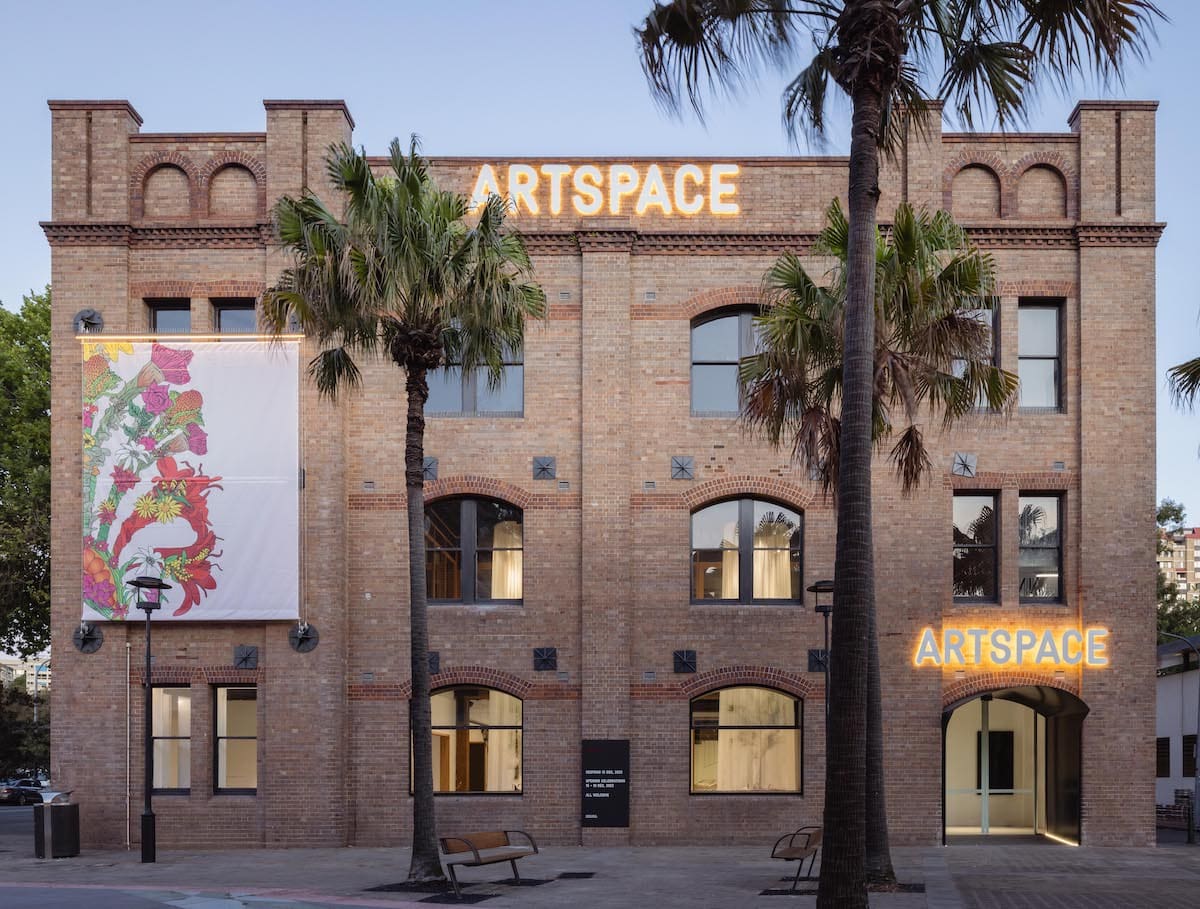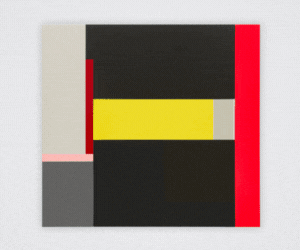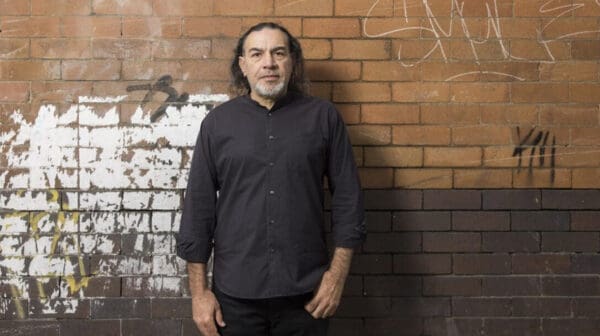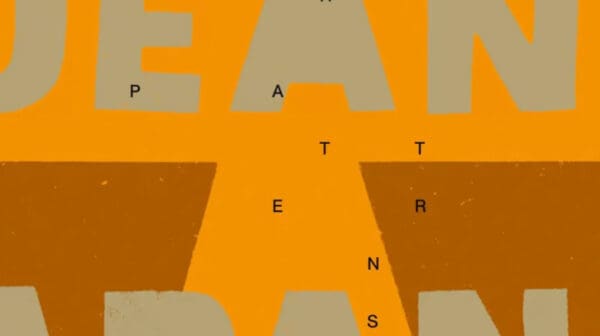At Sydney’s newly redeveloped Artspace, opening this month, a large, long table has been installed in the communal area: it seats about 40 people and executive director Alexie Glass-Kantor imagines there will be many impromptu group lunches and lively discussions around it. Most likely, this will include some, or all, of the ten artists who are about to start their year-long free studio residencies onsite.
Housed in the impressive old Gunnery building in Woolloomooloo, Artspace’s innovative artist studio program is a centrepiece of the new artist-focussed offerings. Closed in 2021 to begin the transformative $19.2m makeover, with substantial NSW Government funding, Artspace is now occupying the entire building and has negotiated a 35-year lease. “The redevelopment is substantial, and people will be surprised at the scale of what has been executed,” Glass-Kantor says.
With the Artspace board committing itself to raising $10m to help sustain the artist studio program, in which ten new artists are selected annually, this means there will be a 350-strong alumni cohort by the time that lease comes up for renewal.
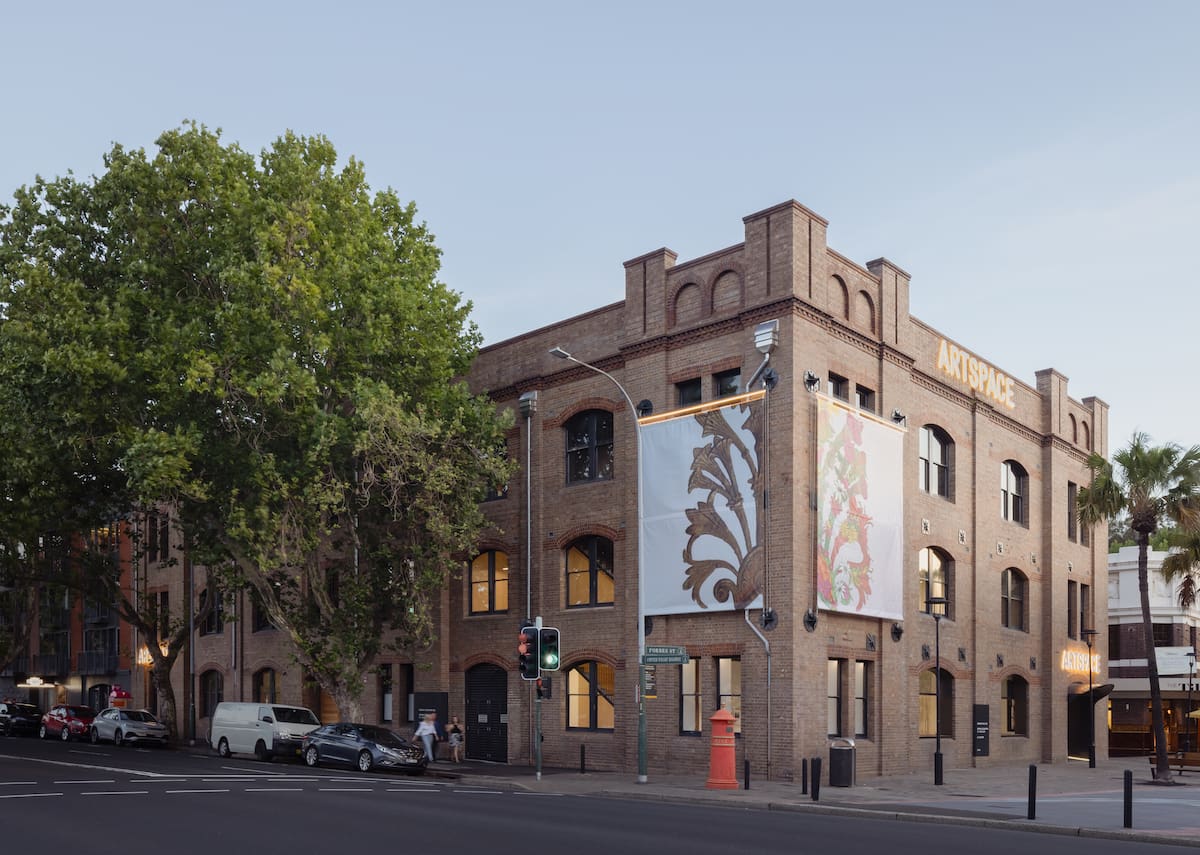
Glass-Kantor is thrilled with the new-look Artspace, which has reorientated itself with a revamped entrance onto the Forbes Street Plaza that connects with the local community, many of whom live in social housing. This strengthening of its presence as a cultural hub is also bolstered by what Glass-Kantor describes as a “landmarking strategy”—a public art commission on the side of the building, with the first instalment by Kamilaroi/Gamilaraay artist Dennis Golding, who had an Artspace studio in 2020. Golding’s banner project, Colouring Memory, was inspired by his childhood spent in nearby Redfern.
“The program has at its heart principles of adaptability, and how we can support more than one structural mode of commissioning and production, and be a 21st century kunsthalle.”
Artspace first moved into the Gunnery site in 1993, 10 years after the organisation was founded, and Glass-Kantor started there in 2013. But before long, she realised that the building had become very run down and was no longer fit for purpose, with structural and access issues. She prepared a business case for redevelopment in 2018, she says, exploring what would be required to get it functional. “We took it to government, and they supported and executed it.”
A commissioning rather than a collecting institution, Artspace’s identity has become firmly connected with supporting artists and the making of art works. The first ten artists in the free studio program (which is non-residential) were chosen from more than 170 applicants. “The program has at its heart principles of adaptability, and how we can support more than one structural mode of commissioning and production, and be a 21st century kunsthalle,” Glass-Kantor says. With this in mind, the architects had reconsidered the operational spaces of the building: the ground floor has galleries amounting to about 480sqm of programmable space, including a performance area.
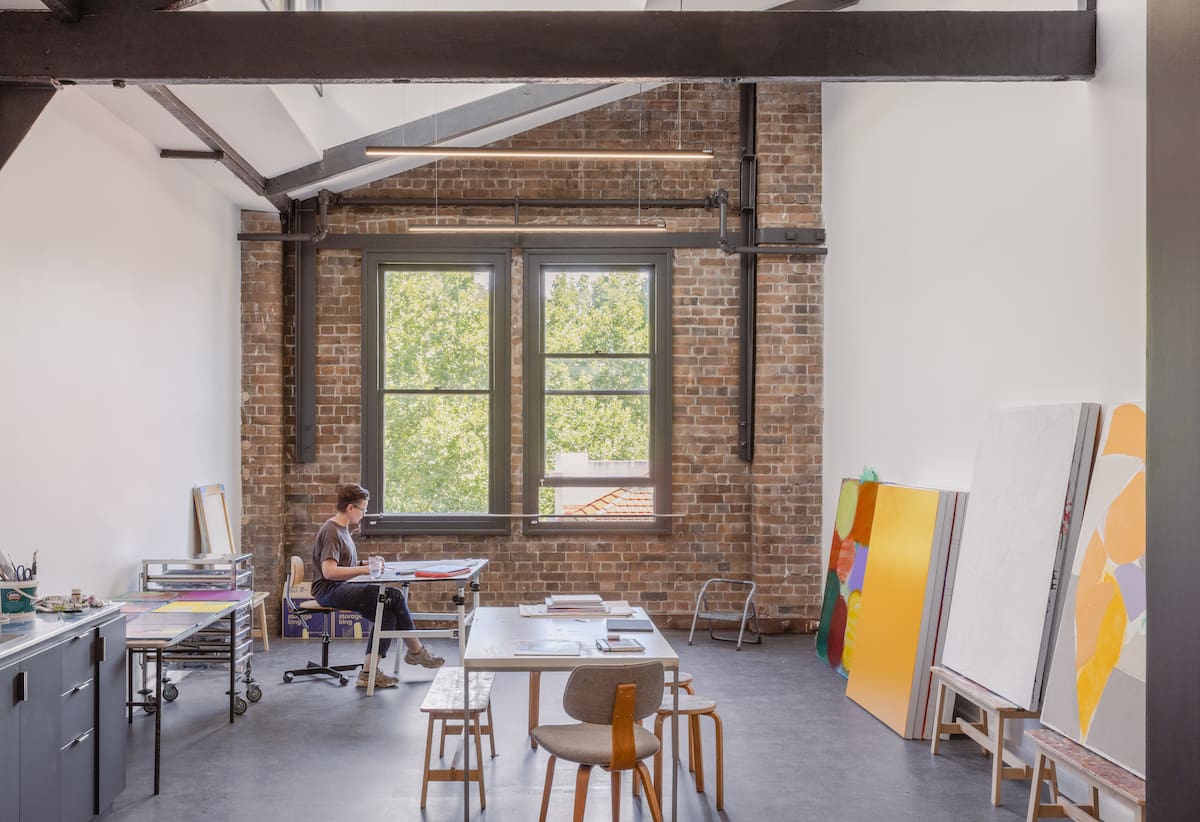
Wiradyuri and Kamilaroi artist Jonathan Jones is the inaugural exhibitor: his exhibition Jonathan Jones: untitled (transcriptions of country) explores colonial transport, trade and the acclimatisation of Indigenous plants, animals and objects, along with the colonisation of local knowledge.
Upstairs, there is a bespoke library with the Artspace archives, while the top floor has the studios for the artists during their one-year terms, plus an eleventh studio for visiting artists and curators. Glass-Kantor says the artists selected for 2024 include a diverse mix of both established and emerging artists, and encompasses a variety of mediums including photography, sculpture and improvisational performance. That diversity of artists takes in the likes of Brian Fuata, a Samoan-Australian artist working with performance, Tina Havelock Stevens, a multi-disciplinary artist working with still and moving image, improvisational performance and sound, and David M. Thomas, who has a 30-year-long practice in installation-based work. Others are Jack Ball, Julia Gutman, Jazz Money, Thea Anamara Perkins, Gemma Smith, Leyla Stevens, and Latai Taumoepeau.
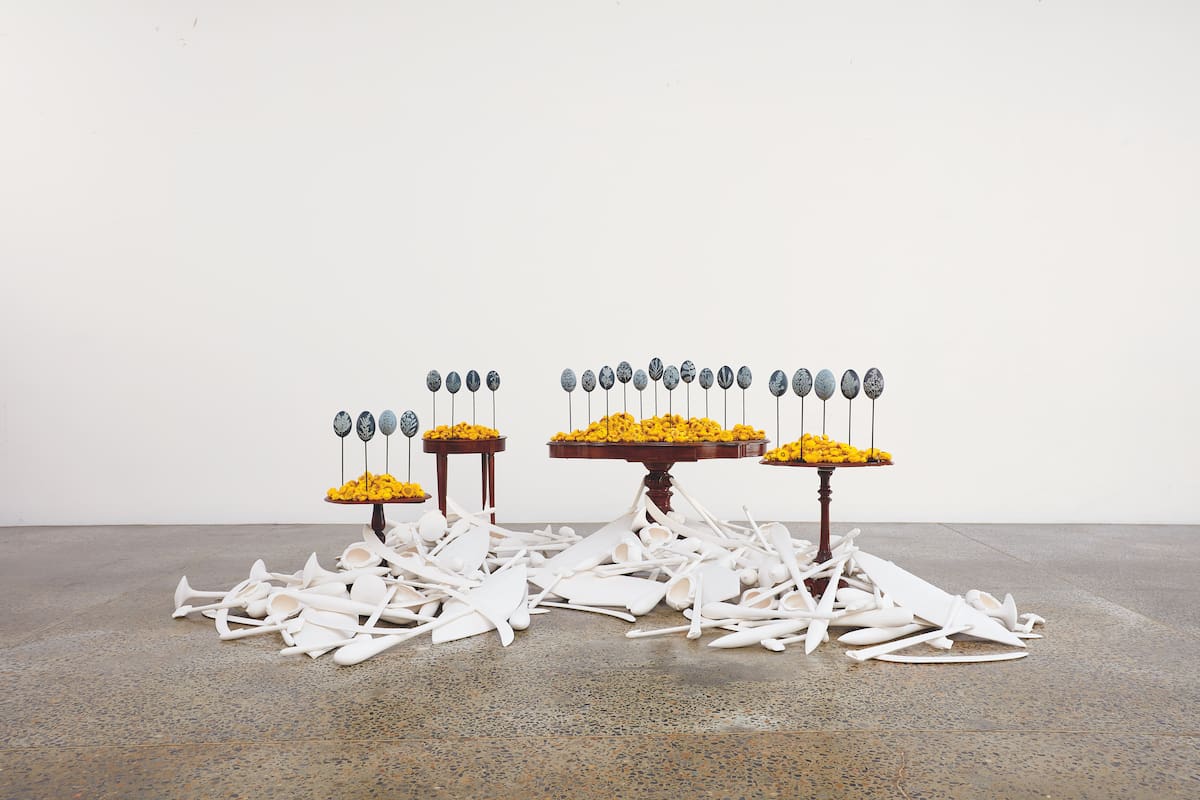
Glass-Kantor notes these artists will have 24/7 access to their spaces, and she sees them as laboratories where artists will tend to experiment, take risks and create ambitious new work by having the opportunity and space – physical and intellectual – to examine ideas or directions in their practice “that they might not otherwise have the space or capacity to achieve”.
They will also have on tap strong curatorial advocacy in the form of high-calibre Artspace visitors, including international museum directors, exhibition and festival curators, and artistic directors for Australian and international institutions. This will give them access to a range of peers, advocates and networks that could help to advance and progress their practice “into new and exciting opportunities and leverage real ambition and opportunity for them”.
They’ll also have aspiring visitors in the vicinity: one of the other big changes in the stronger focus on public engagement, collaboration and experimentation is a partnership with the nearby Art Gallery of New South Wales to bring about 10,000 primary and secondary students to Artspace each year.


